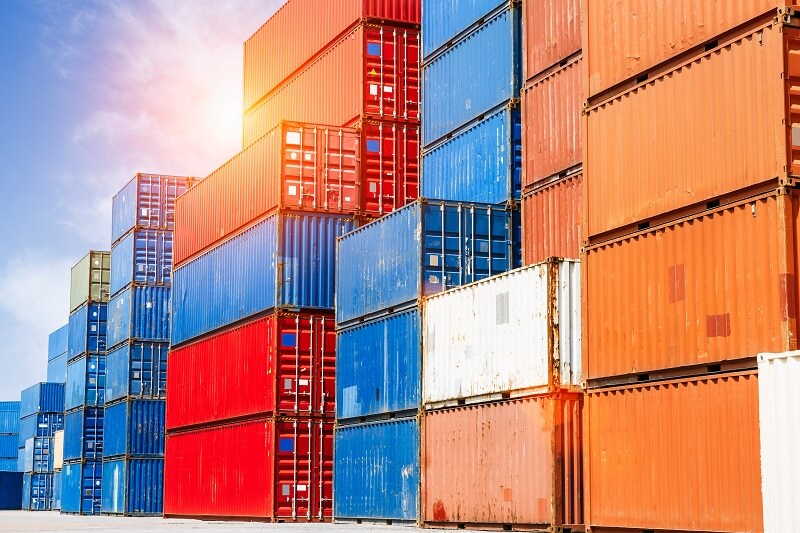Docker allows to easy control system libraries. It creates a common framework, making it possible to work with distributed applications. When using Docker containers, you don’t have to worry about environment dependencies that could result in problems for the given application. Furthermore, Docker lets you quickly run a number of isolated applications.
How containers work
Docker guarantees that your code will work in exactly the same way on almost every server. All you need to do is to place the program and its dependencies in a light virtual container that then locks a part of the program in a complete file system. As a result, the container holds everything that is necessary to run the program: the code, system tools and libraries- in short, the things that can be installed on a server. What is more, Docker containers are based on open standards, which means that the software will always work, regardless of the surroundings.
Containers start immediately, sharing the same operating system kernel and therefore using less RAM. Built from layer file systems, images share similar files, which allows their more efficient download and use. What is more, applications and basic infrastructure are isolated from each other, which is an additional layer of protection for applications.
Containers vs. virtual machines
It would seem that these two technologies aren’t really that much different—their source of isolation, resource allocation, and benefits are similar. However, containers are more efficient due to their architecture. They contain the given application and all its dependencies, sharing the core with other containers. This means they operate as isolated processes in the user space in the host’s operating system. They cannot be combined with any specific infrastructure since they work on every computer and in any cloud. In turn, virtual machines contain documents and the necessary binary files and libraries.
What’s in it for you
First of all, you no longer need to waste time configuring programming environments and creating copies of the production code to make a local run possible. Container isolation solves internal conflicts and allows for using the best languages and tools to develop applications.
Using a container guarantees that your program will always work as intended in every environment. This is possible thanks to packaging software together with its settings and dependencies. What’s more, this enables making dynamic changes to the application. All you need to do is isolate a container, quickly make the necessary changes, and then share the updated container with production. As a result, making changes is less inconvenient than in traditional software models.
Docker is the perfect tool for creating IT systems based on the popular microservices architecture. Microservices are small services responsible for individual system functionalities. Each of them can be locked in its own container, being an independent entity that allows for creation and development in isolation from the rest of the architecture. Integration of the microservices is supported by tools such as Docker Compose and Docker Swarm. Launching the entire environment locally is much easier with them.



